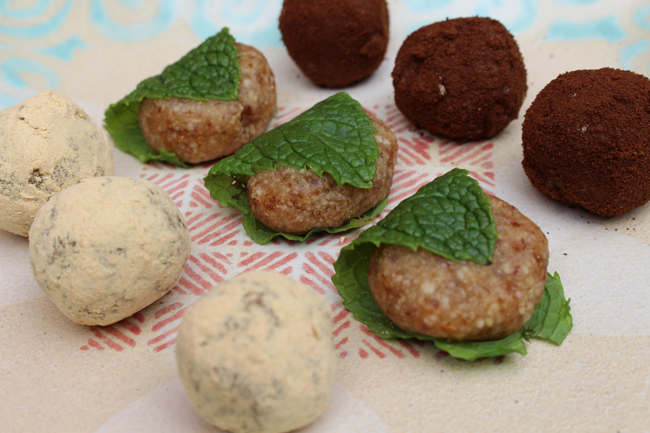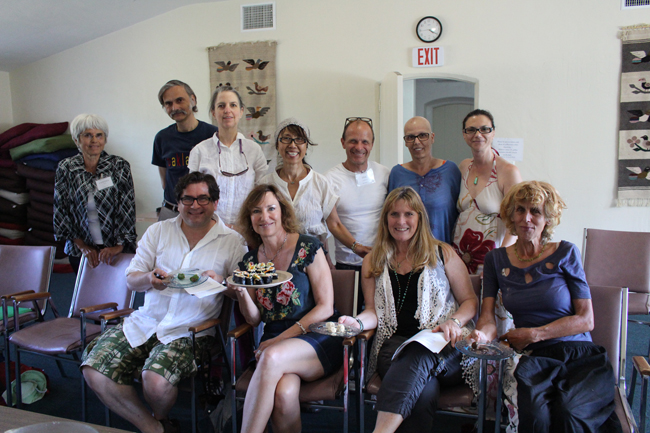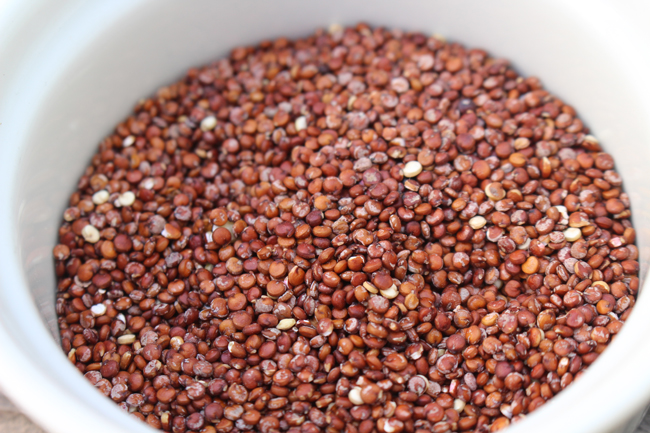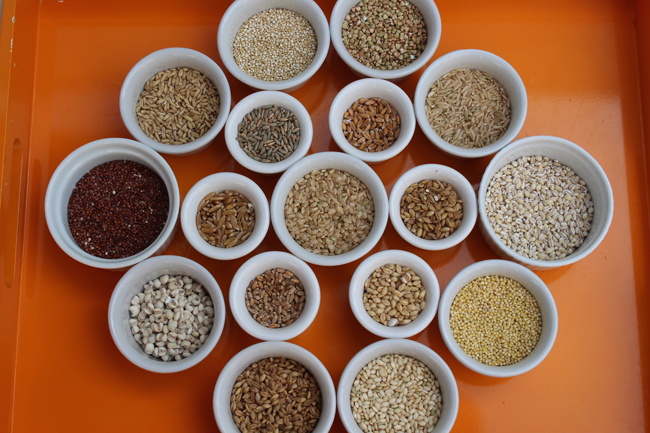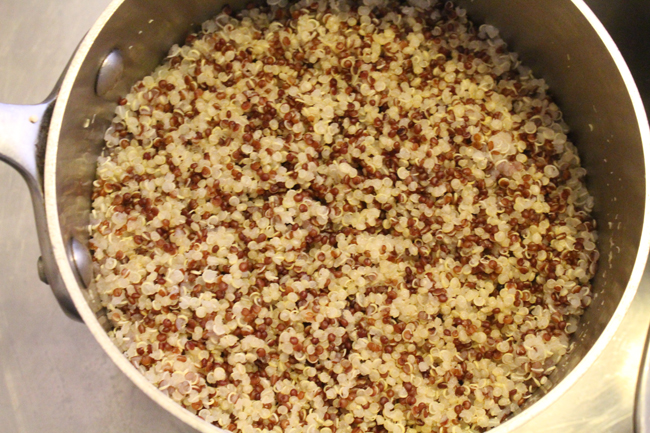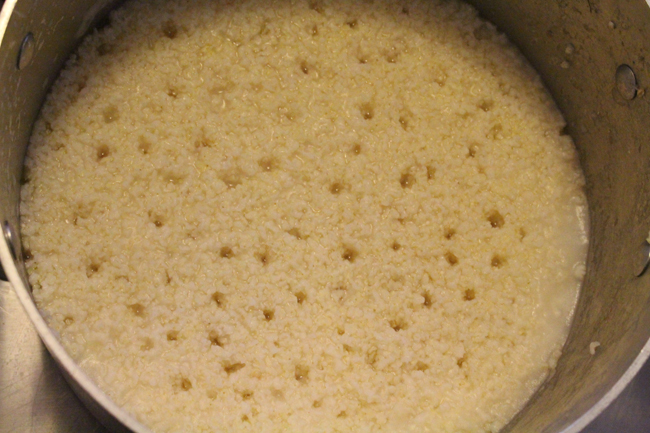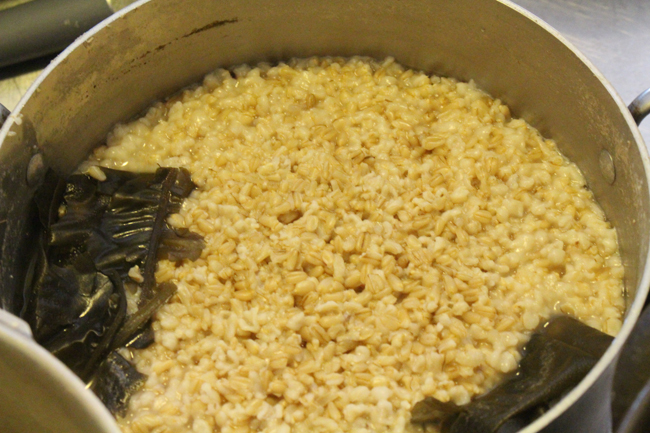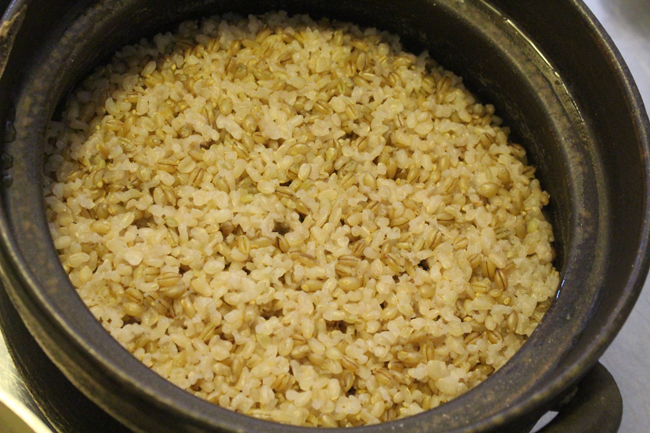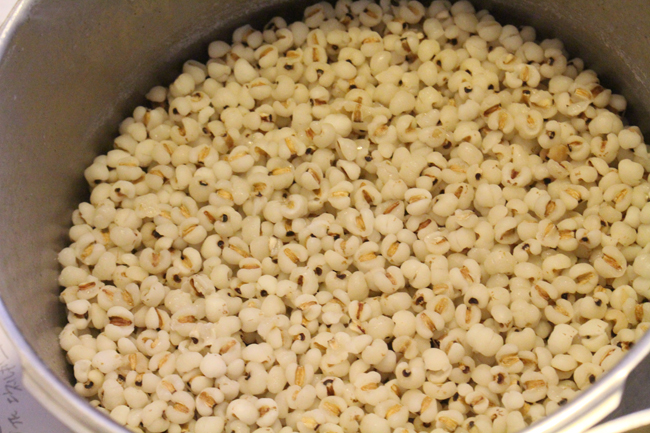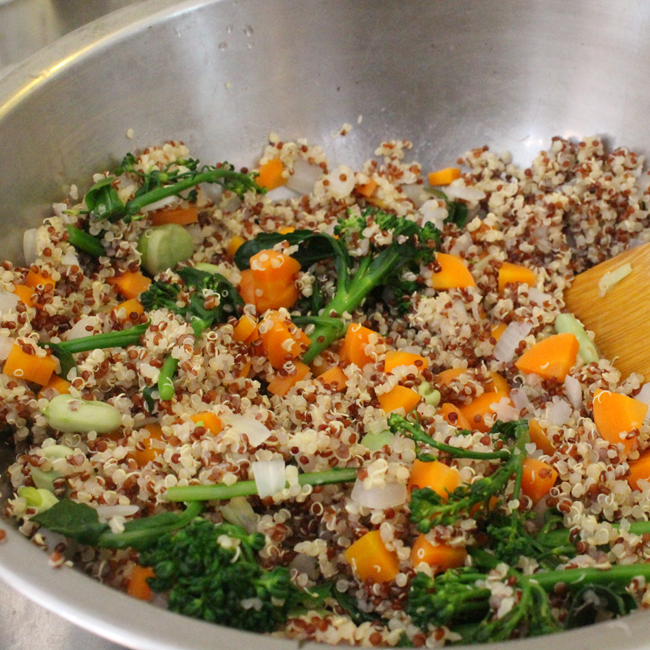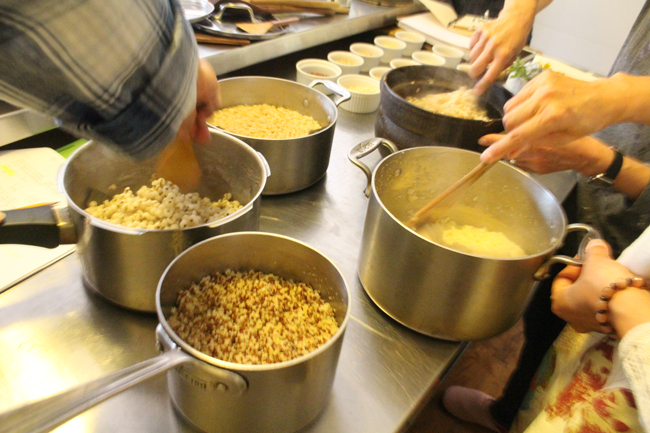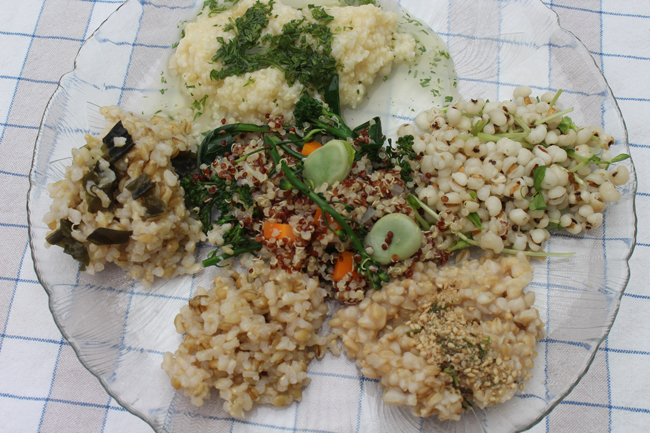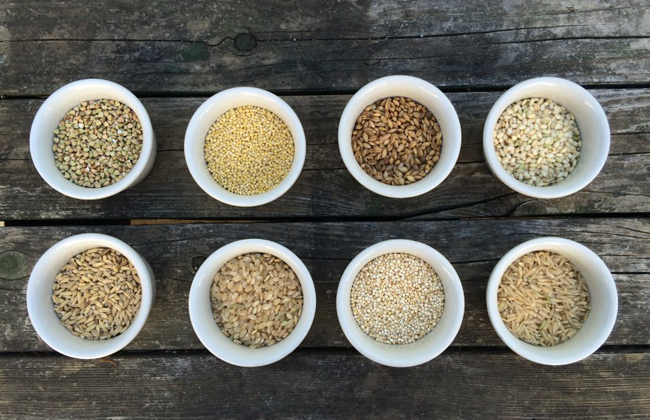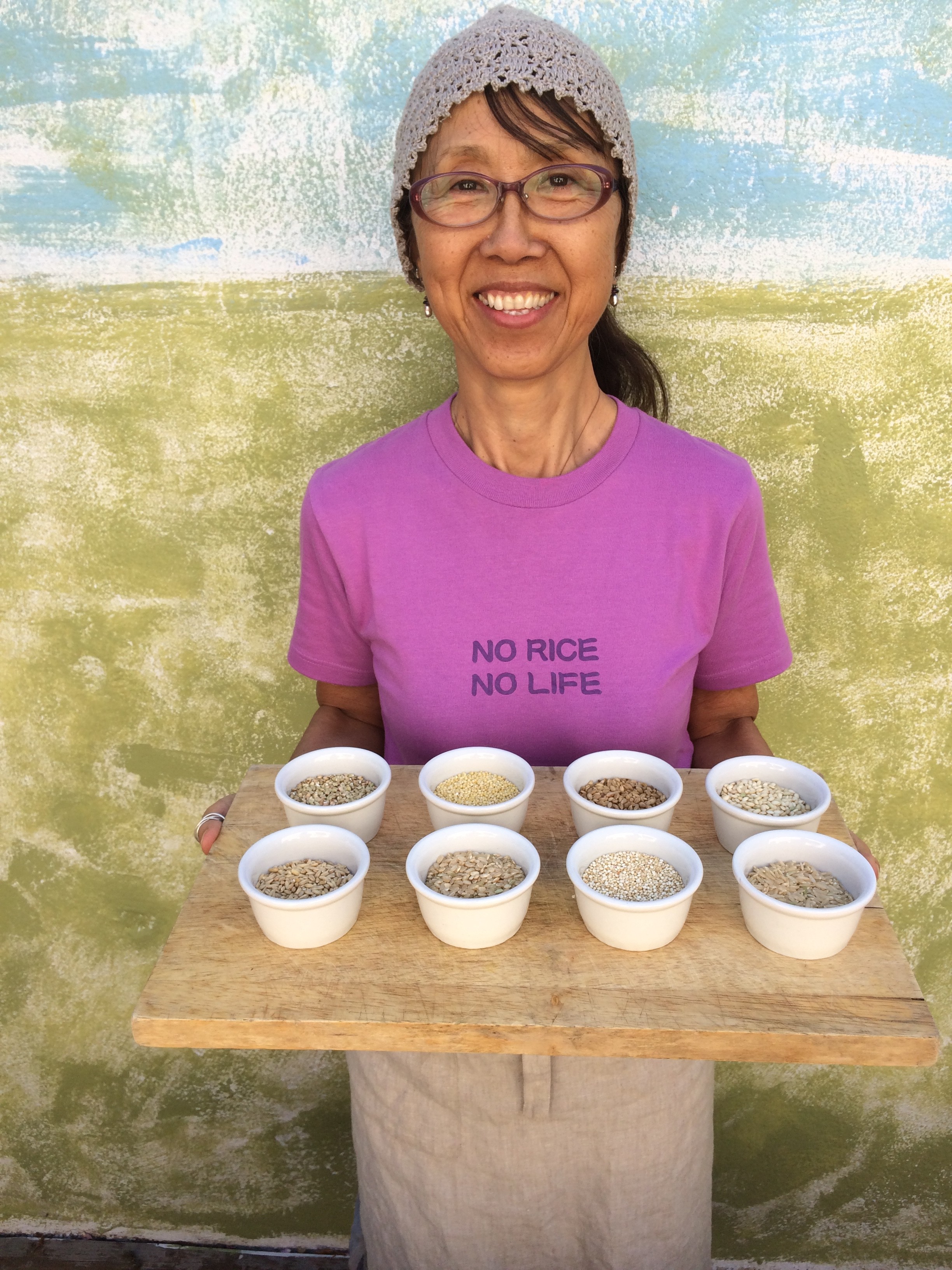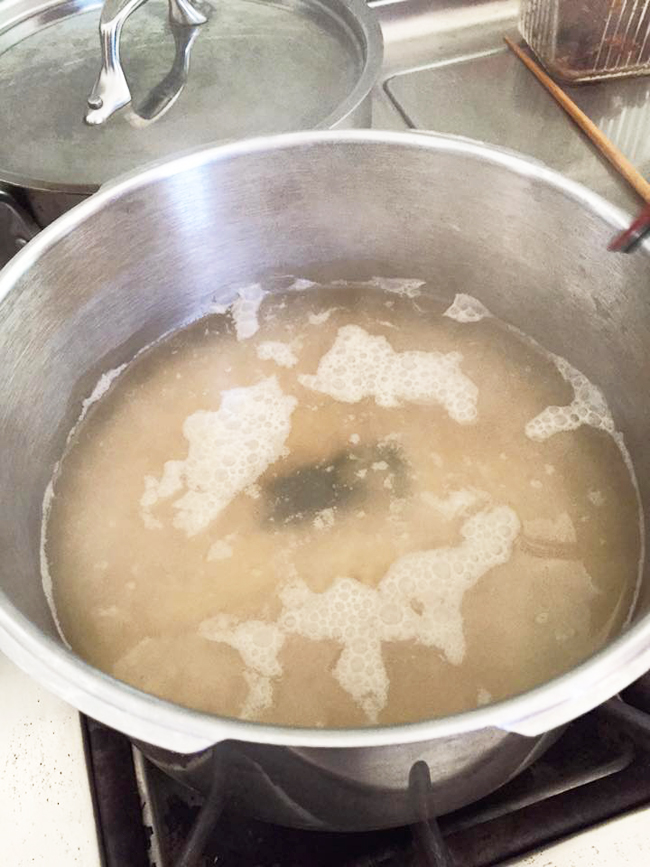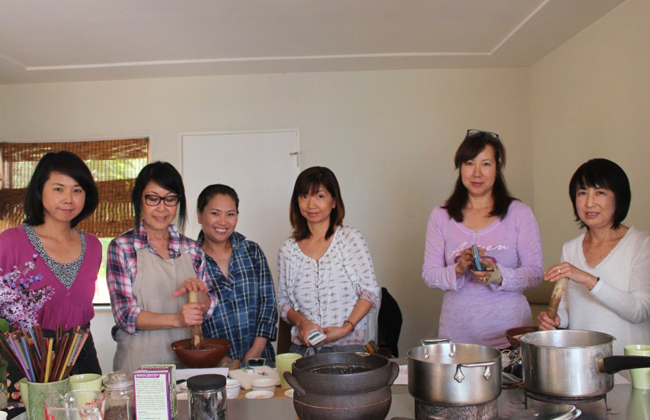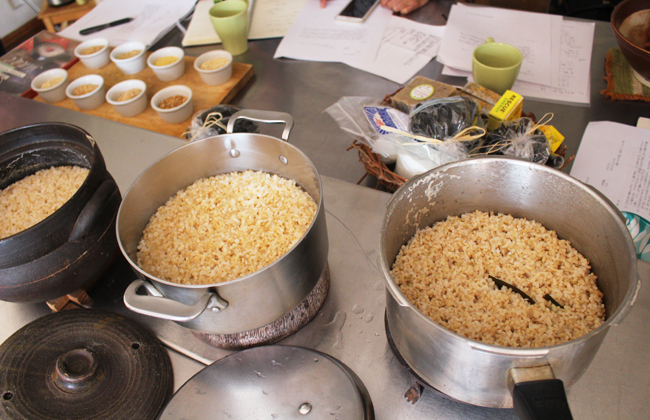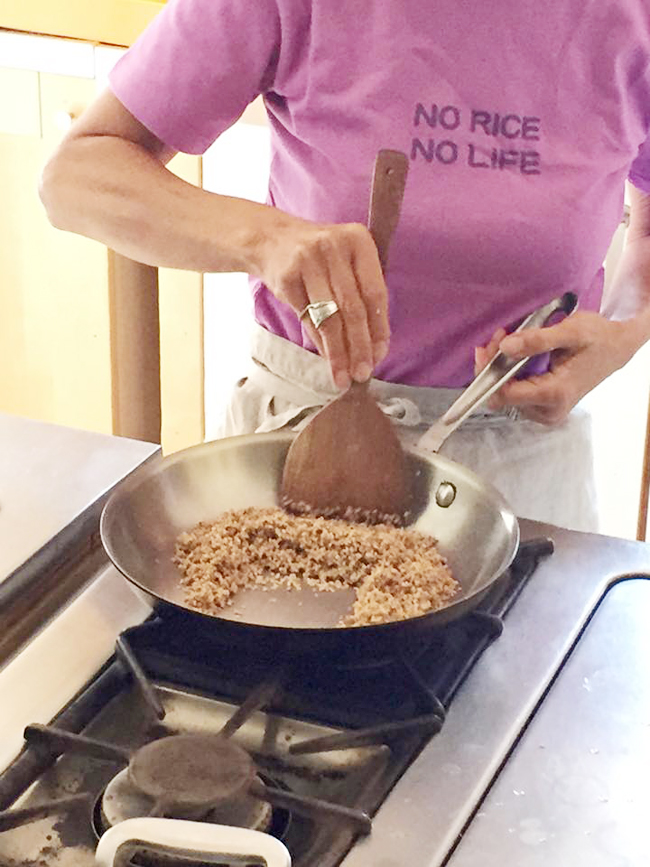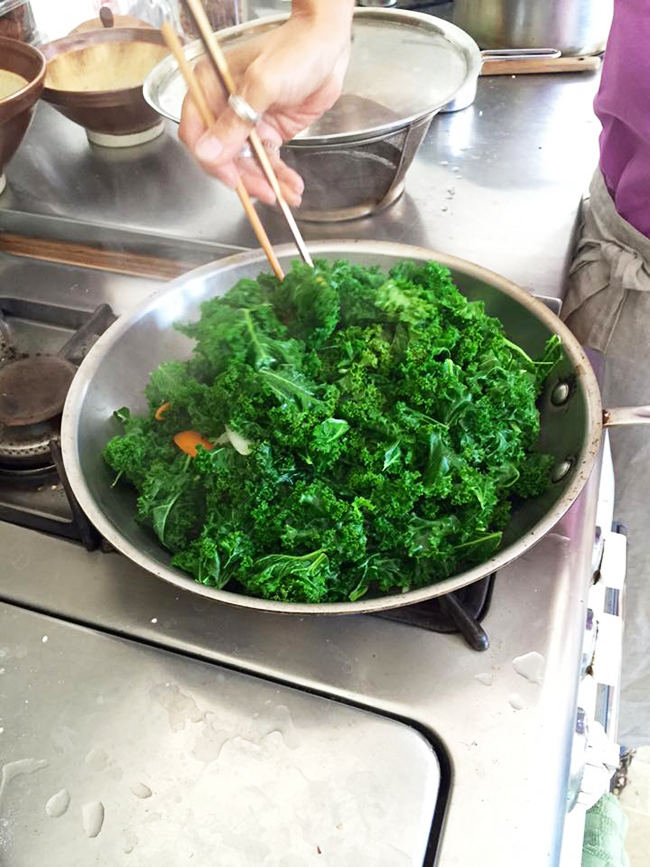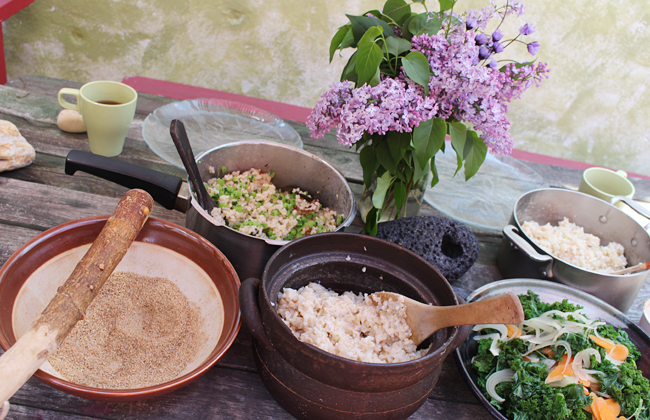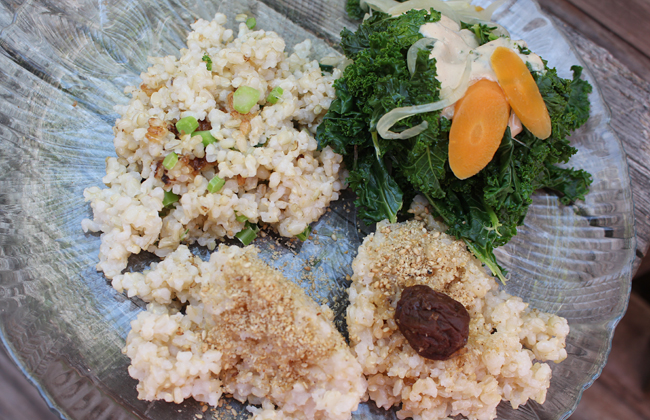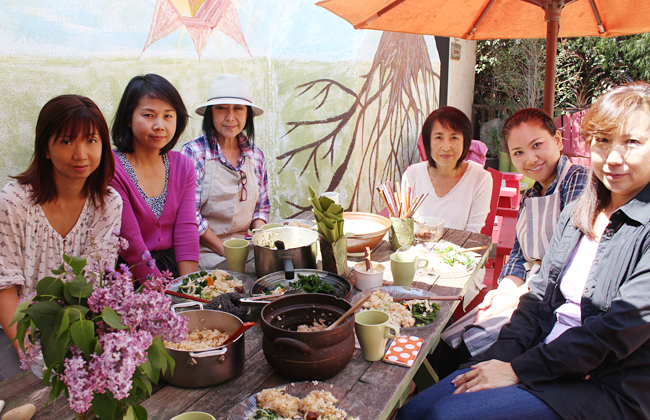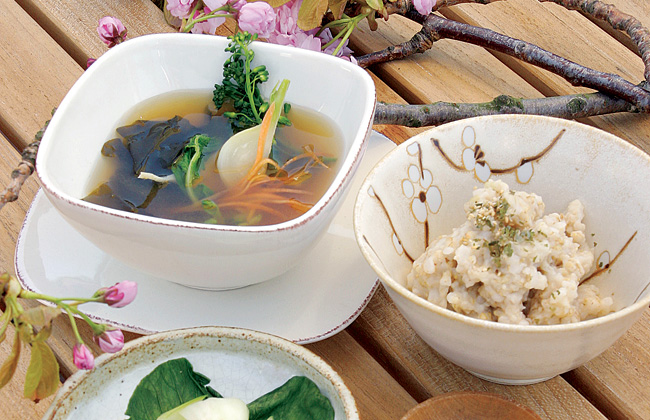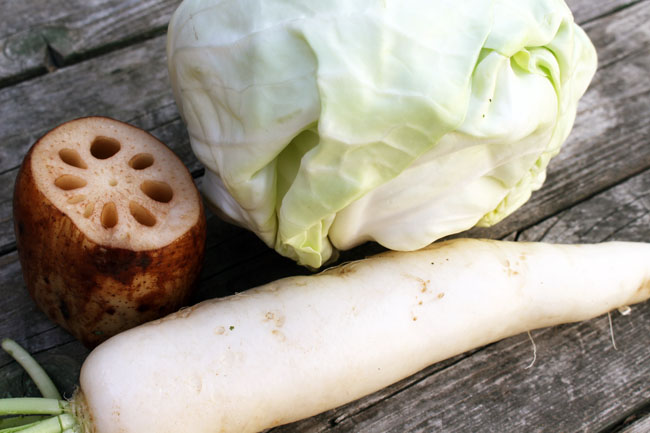
Finding the Right Remedy of Fever is The Key.
Kula was diagnosed with spleen cancer on May 18, 2016, and she is on her healing path for her life with macrobiotic food and natural remedies with a holistic vet. Dr. Sally Lane.
Overall her health got better with her new healing diet, herbal medication, reiki, moxibustion, acupuncture, massage, Do-in exercise, body scrub, and healing power stones etc. The type of cancer she has does not give her pain, so she is spending her 13-year retirement life comfortably.
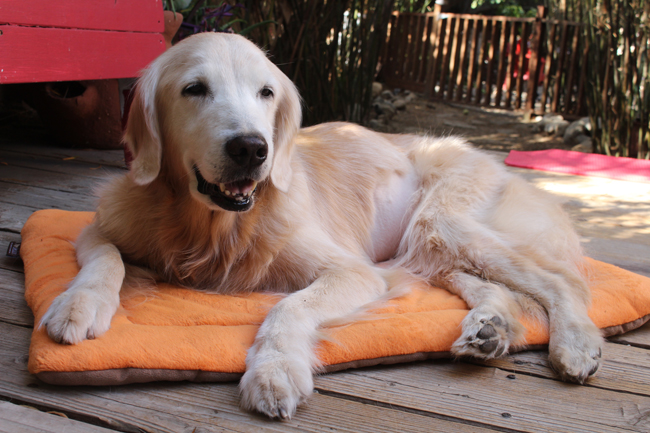
Kula enjoys being on the deck her retirement life
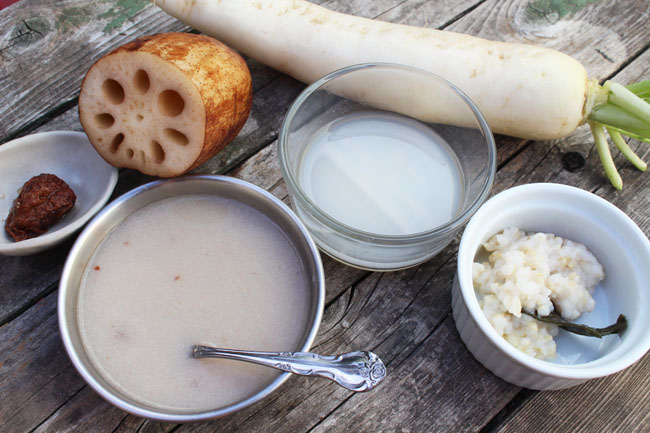
Kula’s remedy for her fever: Lotus root tea and brown rice soup with daikon juice
One challenge Kula faces is high fever from time to time since the diagnosis. Last week her fever was almost 106 ℉ (normal dog temperature is 101 ~ 102.5 ℉). This was the highest her temperature had been, so I was concerned, even though I understood that cancer patients suffer from high fever intermittently in reaction to the body’s attempt to detox and/or purify cancer cells and bring them back to being healthy cells. When I had ovarian cancer in 1993 I also had a high fever from time to time.
Kula’s holistic vet Dr. Lane said sometimes if the tumor is changing in any way it can elicit a fever that can be persistent or cyclic.
When her fever goes up I try to lower it with cucumber juice, apple juice, watermelon juice, and/or cool lotus root creamy tea and brown rice cream with daikon juice. I also give coconut water when fever is very high fever that caused by yang condition. I spray her body with water with peppermint essential oil with Bach flower Rescue Remedy.
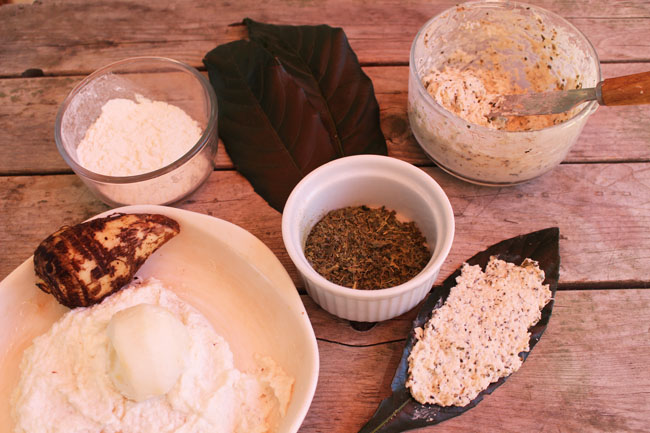
Taro Plaster with Loquat leaves
I also apply a tofu plaster, taro plaster or cold towel compress. She likes all the juices and cooling liquids and tofu/taro plasters – Her favorite is cool lotus root creamy tea to drink and tofu/taro plaster over her tummy, but making all these remedies take time so sometimes it is not easy for me to apply them. To make easier for me I have used a cold towel to help lower the temperature quickly, but it does not work for her. Indeed a cold towel is much easier to apply, but her body temperature drops too fast, making her start to shake.
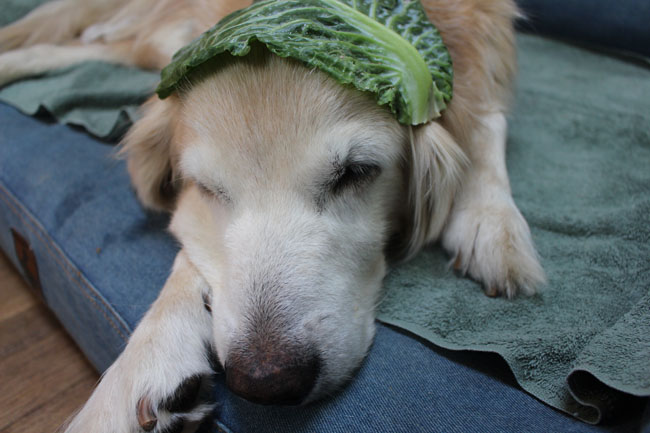
Kula with her cabbage cap for her fever
When the right remedy works she feels very comfortable and sleeps for a couple hours, so I had to experiment with different types of remedies in different combinations. Then it occurred to me: cabbage leaves!
Yes, it turns out Kula’s favorite remedy is cabbage leaves for her head, ears, chest and tummy. It required many cabbage leaves, but it was quite easy to put them all over her body. (cabbage leaves are used for an inflammation and apply on a breast cancer in macrobiotic healing).
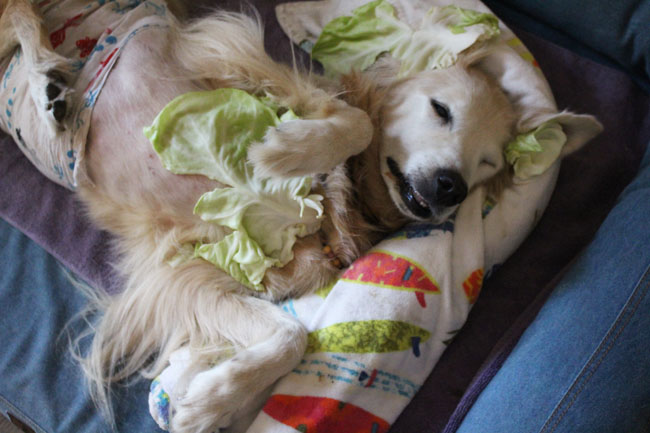
Kula loves cabbage on her head and chest and taro plaster on tummy
The only problem was that her dog family (especially Bubu) would come to steal her cabbage leaves while she slept, and she would wake up when there were no more cabbage leaves left on her head and body. Well, at least cabbage is good for the digestion and safe to eat, and I only use organic cabbage.
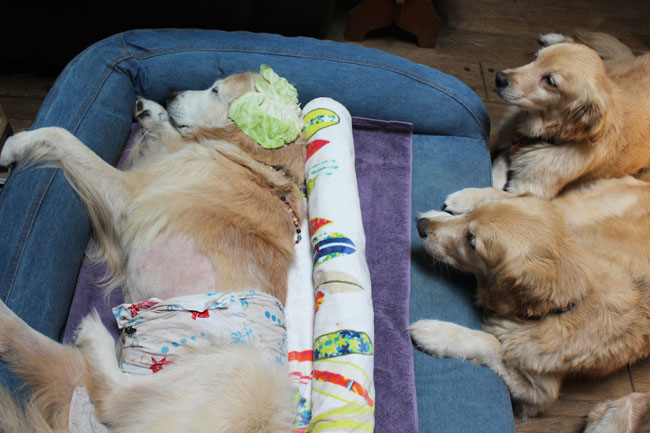
Bubu and Lumi were making move to steal cabbage from Kula
If you are looking for a remedy for you or your family, including your animal family, the key is finding the right remedy for natural healing.
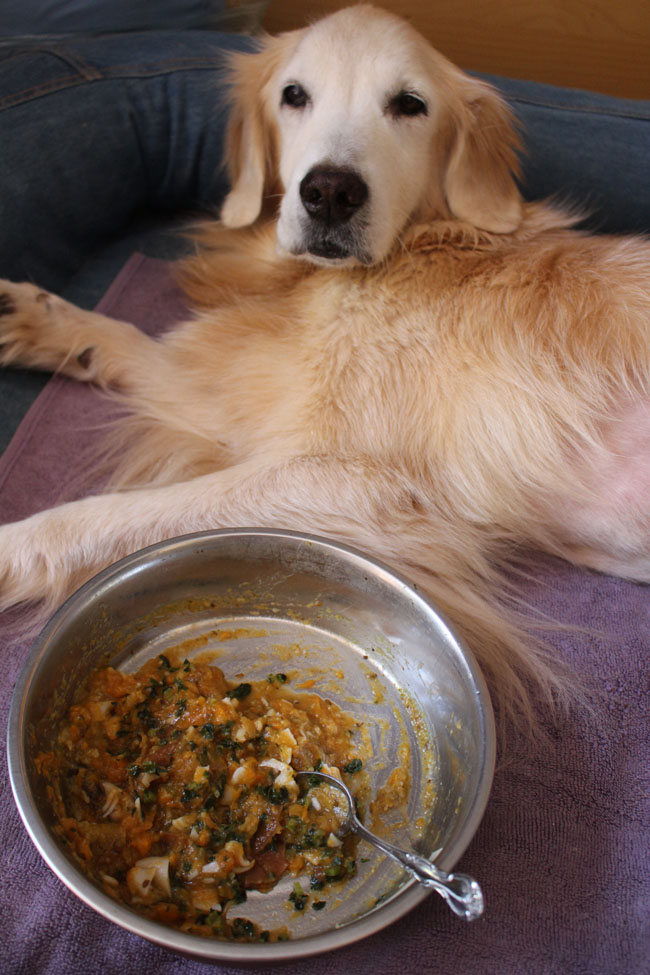
Kula eating her healing food for her fever
I hope Kula continues to get better as she navigates her healing path.
To be continued…
Love, Sanae💖

